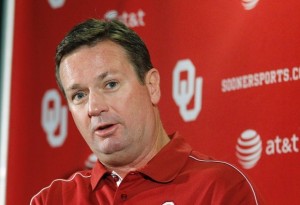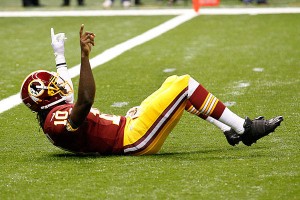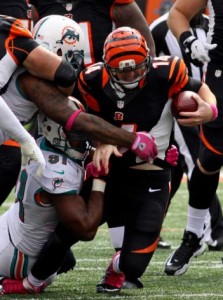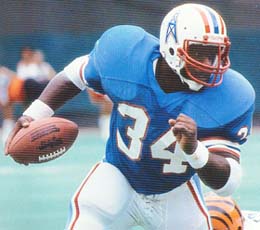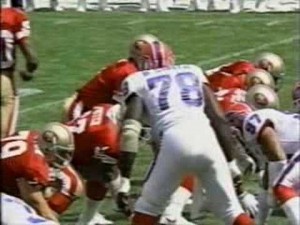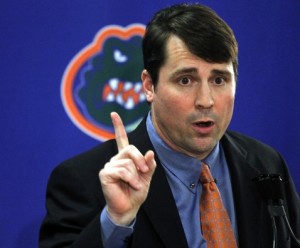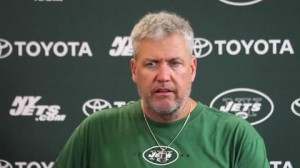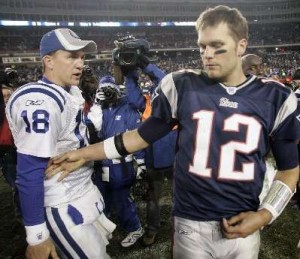This post is intended to be more exhaustive than groundbreaking, more like an encyclopedia than a fiction novel. If you’re at this website, you’re probably into advanced statistics, and if you’re into advanced stats, you probably know that turnover rates are generally pretty inconsistent from time period to time period. But I wanted to get more granular than that, and to break down turnover rates into three specific components. The all-encompassing word ‘turnovers’ in itself is not helpful, because there are three types of turnovers:
— Interceptions
— Offensive fumbles
— Special teams/defensive fumbles
The word turnovers makes sense from an explanatory standpoint. If a team has three turnovers, it doesn’t matter all that much how they occurred. An interception returned for a touchdown is the same as a fumble returned for a touchdown. But when it comes to analyzing turnovers from a predictive standpoint, the word itself only serves to confuse. I’m going to put interceptions to the side for now — I wrote about them last Monday — and today focus on offensive fumbles.
The six types of offensive fumbles
We’ve known for awhile that fumbles are pretty random for year to year, particularly on the defensive side of the ball (see this article by Jim Armstrong showing that forcing fumbles was almost entirely a function of luck and not skill). Even the word “fumbles” is too broad from a predictive standpoint, as there are many different types of fumbles. On offense alone, I grouped all fumbles from 2000 to 2011 into one of six types:
— Quarterback/center exchange fumbles
— Quarterback sack fumbles
— Quarterback fumbles on running plays
— Quarterback fumbles on non-sack plays behind the line of scrimmage (this could be on bad handoffs, simply dropping the ball, etc.)
— Fumbles on running plays (non-QB)
— Fumbles following completed passes
In addition, there are four possibilities following a fumble. The ball could harmless go out of bounds , it could be recovered by the fumbler, it could be recovered by one of the other ten players on offense, or it could be recovered by the defense. And as you might expect, the recovery rates are different depending on the type of fumble. I’ve done all the heavy lifting for you. The graph below shows the recovery rates associated with each of the six different types of offensive fumbles. The stacked columns are color coded: yellow represents fumbles that go out of bounds, blue is for fumbles recovered by the fumbler (“RBF”), blue is for plays where a different offensive player recovered, and red shows when the defense gained possession.

I like to see things in graphs, but for the more numbers-oriented folks out there:
As an example, look at the second to last row which shows fumbles following completed pass plays. This tells us that 21% of all offensive fumbles come on these types of plays. A good chunk of them go out of bounds (17%), and one in ten are recovered by the fumbler. The far right column tells us that of the remaining fumbles that are recovered but not by the fumbler — Fumbles In Play — 82% of them are recovered by the defense.
Again, this isn’t meant to be “shocking” as it is to be informative. The goal here is to understand how fumbles generally operate to better understand how likely specific events are to be predictive. A receiver fumbling downfield who then has a teammate recover the fumble is a lot luckier than a quarterback who fumbles the snap and then recovers it. To me, knowing exactly how much luckier is valuable information.
For example, there were 5 offensive fumbles in the Chargers-Chiefs game yesterday. We can analyze them using the above info:
- In the first quarter, Jamaal Charles fumbled on a run, and San Diego’s Shaun Phillips recovered. So San Diego recovered 1.0 fumbles, instead of the 0.60 fumbles usually recovered by the defense on a rushing play.
- Early in the second quarter, Phillips sacked Matt Cassel, but Cassel recovered. The quarterback only recovers the fumble on 14% of sacks, so this was atypical of most fumbles. The defense recovers the fumble 51% of the time, and San Diego recovered 0.0 fumbles instead of the expected 0.51 fumbles.
- On Kansas City’s next drive, Charles fumbled again on a run, and Corey Liuget recovered. Again, San Diego gets credit for 1.0 fumbles instead of the expected 0.60 fumbles. On these three Kansas City fumbles, San Diego recovered 2.0 fumbles when we would expect them to recover 1.71 fumbles in these situations. So we could argue that they were lucky to recover an extra 0.29 fumbles.
- On the next play, Philip Rivers had an aborted snap and fumbled out of bounds (assuming the game book is accurate) — a very rare play (2.6% of the time). But in general, we would expect San Diego to retain possession on 76% of aborted snaps, so they are +0.24 fumbles on this play, and +0.53 on the day.
- The last fumble came in the fourth quarter, when Shaun Draughn fumbled and Atari Bigby of the Chargers recovered. Again, this is another +0.40 fumble situation for the Chargers.
In total, San Diego recovered four of the five offensive fumbles on the day, and that represents 0.93 more fumbles than we would expect. That’s an example of how I envision people using the above table.

